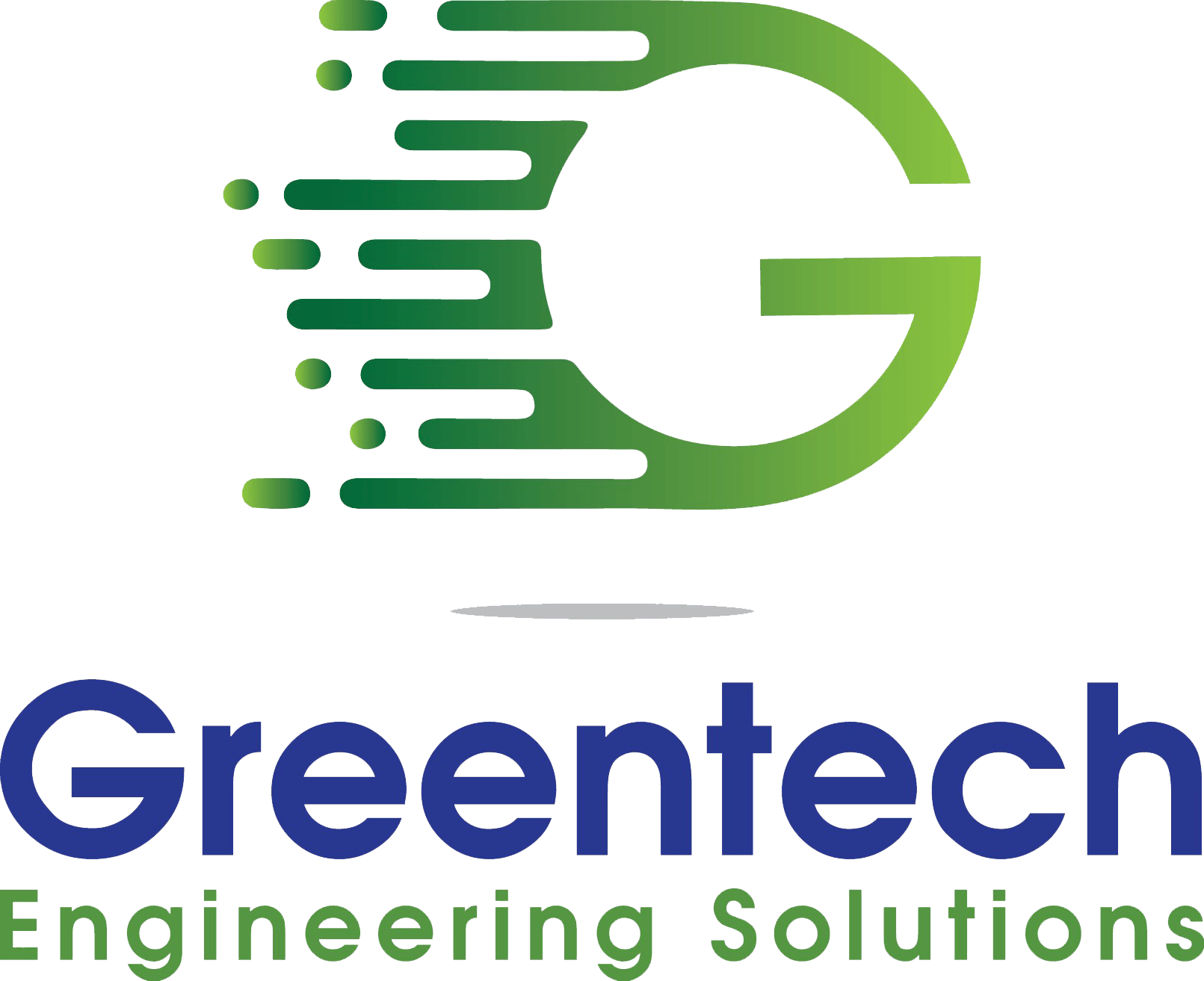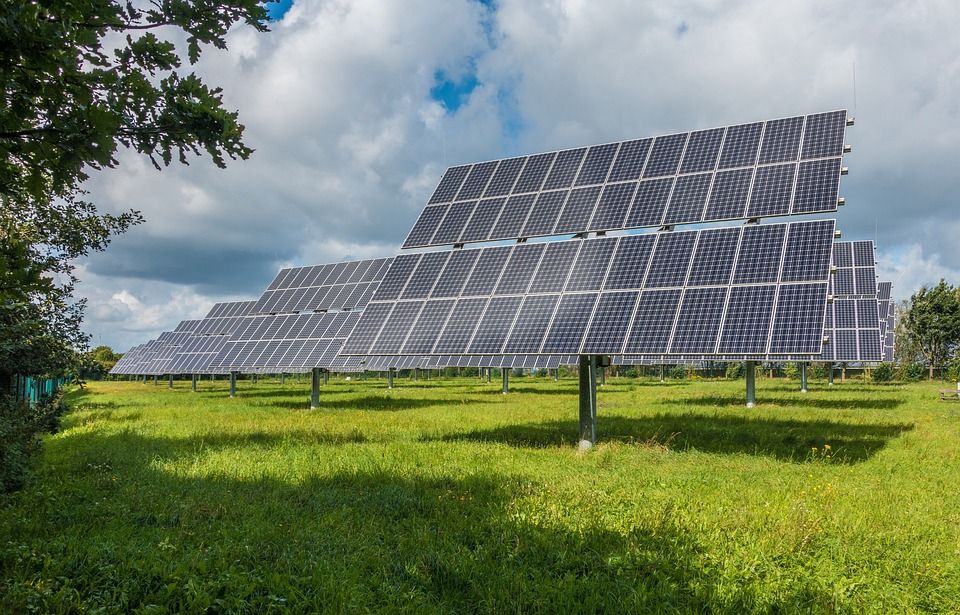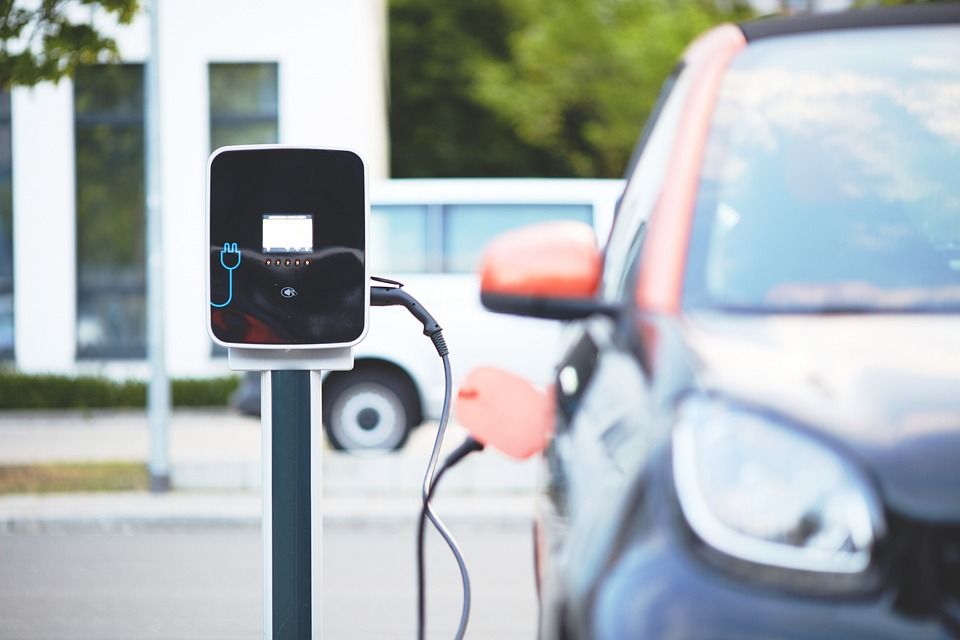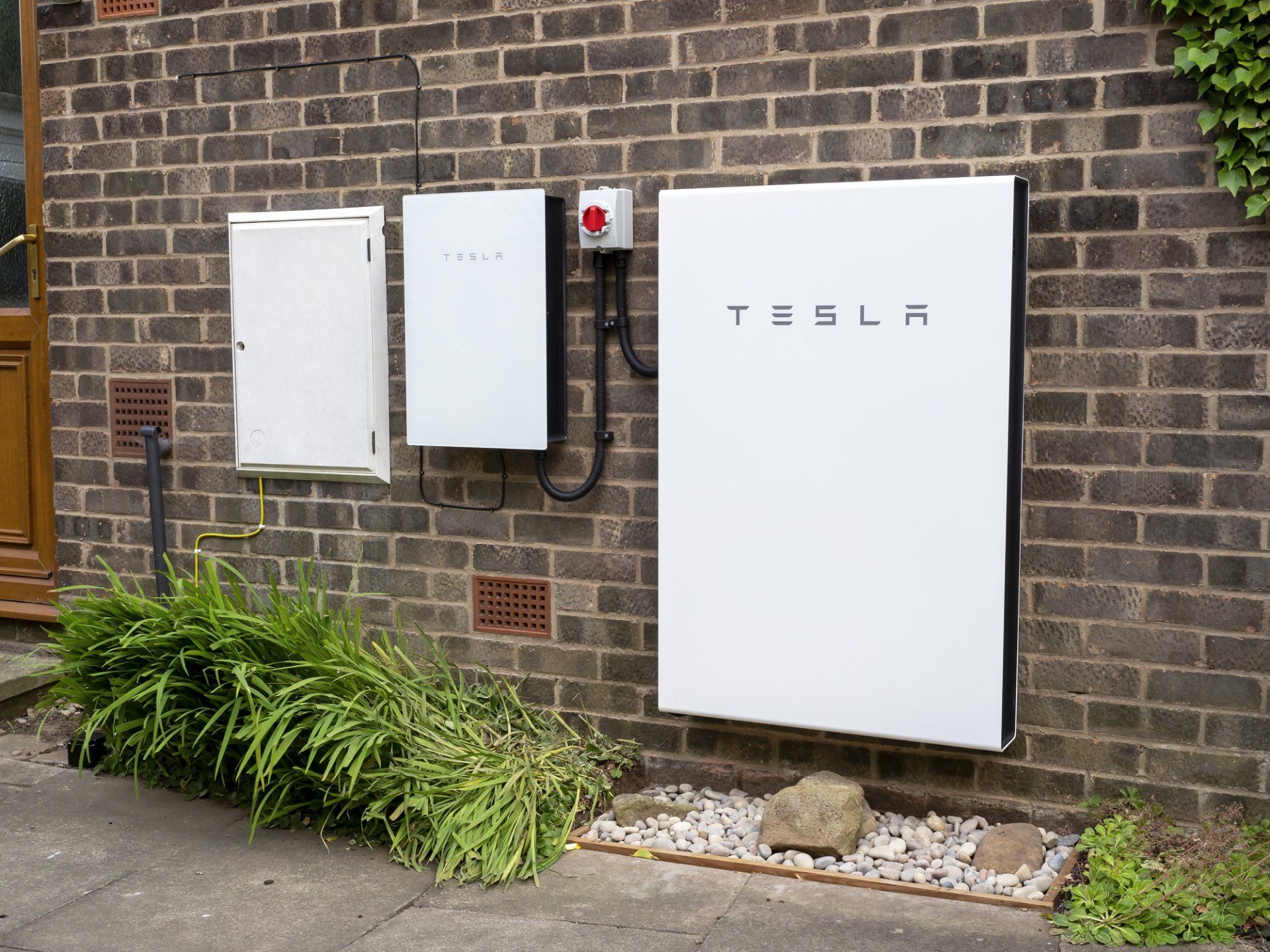How Do Solar Rebates Work: A Guide to Saving Money on Your Energy Bills
Solar energy is on the rise. More and more people are switching to solar power to heat their water and power their homes, especially given the high cost of other energy sources. But while solar panels themselves may not be terribly expensive, they aren’t exactly cheap either. On top of that, it can take time to recoup your initial investment.
Fortunately, many states have introduced solar rebate programmes as an incentive for residents who want to switch to solar power. With rebates for solar batteries, you might be able to get several thousand dollars back when you buy new solar panel system for your home or business. In this blog post, we’ll explain how do solar rebates work and how you can take advantage of them if you live in an area that offers them.
What Is the Solar Panel Rebate?
The solar panel rebate is a government-initiated programme that offers cash back to people who install solar panels on their homes or businesses. The amount of the rebate varies from state to state, but it typically covers a significant portion of the cost of a new solar system.
How Do Solar Rebates Work?
Solar rebates work by reimbursing you for a portion of the cost of your new solar system. In order to receive a rebate, you’ll need to submit an application to your state’s solar rebate program. Once your application is approved, you’ll receive a cheque or electronic fund transfer for the amount of the rebate. You can then use that money to offset the cost of your solar system.
Government Rebates

There are federal and state rebates available for rooftop solar systems and battery storage, which can significantly reduce the cost of acquiring and installing a solar systems.
We've put up a list of the most significant programmes in Australia, but there may be more rebates available to you. On the Federal Government's energy rebates website, you can look for federal and state government subsidies.
When you get an estimate for a solar or battery storage system, the retailer will usually disclose any rebate amount that you are receiving.
National - Small-scale Renewable Energy Scheme
The Small-scale Renewable Energy Scheme (SRES) provides an ongoing financial incentive for the installation of eligible small-scale renewable energy systems, such as solar panel systems, small-scale wind systems, small-scale hydro systems, solar water heaters, and air source heat pumps.
The scheme reduces the upfront cost of installing a system by providing Small-scale Technology Certificates (STCs). STCs can be sold or traded to cover some, or all, of the cost of installing your system. You may choose to assign your Small-scale Technology Certificates to your installer, who will then discount the price of your system by the number of STCs you are entitled to. You can also create and trade them yourself on the open market.
The amount of electricity or heat that your system produces also determines how many STCs you will create each year.
The value of an STC changes over time. The price is set by the market and is dependent on the level of installations taking place across Australia. The more people install solar PV systems, the lower the STC price will be. This is because there are a fixed number of STCs available each year, and as more people install systems, the fewer STCs are left on the market.
The Clean Energy Regulator (CER) maintains a historical record of STC prices and trading activity.
You may also be eligible for other state or territory-based subsidies or feed-in tariffs. These programmes provide payments for electricity generated by your system and exported back to the grid. Check with your local government authority or energy retailer to see if you qualify.
National - Large-scale Renewable Energy Target
The Large-scale Renewable Energy Target (LRET) is also run by the Federal Government and is designed to encourage investment in renewable energy generation.
The Large-scale Renewable Energy Target (LRET) encourages the development of renewable energy power stations in Australia by creating and selling certificates known as Large-scale Generation Certificates (LGCs).
Power stations that are LRET-accredited can generate LGCs for electricity generated by the power station's renewable energy sources. LGCs can then be sold to entities with LRET liabilities (primarily electricity retailers) in order to meet their compliance obligations.
Liable entities must purchase LGCs from the market and return them to the Clean Energy Regulator on an annual basis. The renewable power percentage determines the number of LGCs that must be submitted by liable entities each year.
LGCs can also be sold to businesses and individuals who want to voluntarily offset their energy consumption and emissions.
The LRET extends the accreditation of power stations and the creation of LGCs until 2030.
Australian Capital Territory Solar Rebate
The ACT Government Household Battery Storage programme offers rebates to Australian Capital Territory residents and businesses who install a battery storage unit connected to a new or existing rooftop solar PV system.
The household battery rebate is $3,500 (excluding GST) or 50% of the battery price (excluding GST), whichever is less.
Queensland Solar Rebate
Under the national SRE scheme, Queenslanders can receive
solar incentives worth an average of $2,772 in 2022 for a standard 5kW solar system installed. It is used as a point-of-sale discount to reduce the cost of going solar. Feed-in tariffs are also available for homeowners who own solar panels. Regional Queenslanders will receive 6.583 cents per kilowatt-hour of exported electricity, while South East Queenslanders will receive 18 cents.
South Australia Solar Rebate
South Australia's Home Battery Scheme provides substantial subsidies on the cost of a battery as well as low-interest financing if needed. Every household that purchases a system will have cleaner, more affordable, and more reliable power as a result of the Scheme.
Furthermore, the installation of these systems will reduce network demand (particularly during peak periods), resulting in lower energy prices for all South Australians.
Victoria Solar Rebate
The Solar Homes Program helps Victorian households that qualify by giving them a discount at the point of sale when they buy a solar battery. The solar battery rebate programme is aimed at certain postcodes with a lot of solar PV and a growing population. Solar battery rebates of up to $2,950 are available.
Under the
rebates for solar batteries, you can't get loans with no interest.
Feed-in Tariffs
A feed-in tariff is a rate you are paid for the electricity you generate and export to the grid. In some states, feed-in tariffs are mandatory, while in others they are voluntary. In most cases, if you have an existing solar PV system installed on your property, you will be able to choose whether or not you want to receive a feed-in tariff.
The amount of money you will be paid per kilowatt hour (kWh) of electricity generated by your system depends on a number of factors, including the state or territory in which you live and the size of your system.
Feed-in tariffs can change over time, so it's important to check with your energy retailer about what rate you will be paid before you install a solar PV system.
Final Thoughts
As you can see, there are a number of solar rebates and incentives available to Australian households. These rebates and incentives can significantly reduce the upfront cost of going solar, making it more affordable for everyone.
If you're thinking about going solar, be sure to do your research and find out what rebates and incentives are available in your state or territory. You may be surprised at how much you can save.
Browse by Categories
I hope you enjoy reading this blog post.
Greentech Engineering Solutions (GES) helps residents, businesses and industry transform energy systems for a smarter, cleaner future. As an EPC Solar specialist we manage projects from concept to feasibility, finance, engineering, procurement, construction and beyond.
Brands
All the best brands at very competitive prices!

Slide title
Write your caption hereButton
Slide title
Write your caption hereButton
Slide title
Write your caption hereButton
Slide title
Write your caption hereButton
Slide title
Write your caption hereButton
Slide title
Write your caption hereButton
Slide title
Write your caption hereButton
Slide title
Write your caption hereButton
Slide title
Write your caption hereButton
Slide title
Write your caption hereButton
Slide title
Write your caption hereButton
Slide title
Write your caption hereButton
Slide title
Write your caption hereButton
Slide title
Write your caption hereButton
Slide title
Write your caption hereButton
Slide title
Write your caption hereButton

Slide title
Write your caption hereButton
Slide title
Write your caption hereButton
Slide title
Write your caption hereButton
Slide title
Write your caption hereButton
Slide title
Write your caption hereButton
Slide title
Write your caption hereButton
Slide title
Write your caption hereButton
Slide title
Write your caption hereButton
Slide title
Write your caption hereButton
Slide title
Write your caption hereButton
Slide title
Write your caption hereButton
Slide title
Write your caption hereButton
Slide title
Write your caption hereButton
Slide title
Write your caption hereButton
Slide title
Write your caption hereButton
Slide title
Write your caption hereButton

Slide title
Write your caption hereButton
Slide title
Write your caption hereButton
Slide title
Write your caption hereButton
Slide title
Write your caption hereButton
Slide title
Write your caption hereButton
Slide title
Write your caption hereButton
Slide title
Write your caption hereButton
Slide title
Write your caption hereButton
Slide title
Write your caption hereButton
Slide title
Write your caption hereButton
Slide title
Write your caption hereButton
Slide title
Write your caption hereButton
Slide title
Write your caption hereButton
Slide title
Write your caption hereButton
Slide title
Write your caption hereButton
Slide title
Write your caption hereButton

Slide title
Write your caption hereButton
Slide title
Write your caption hereButton
Slide title
Write your caption hereButton
Slide title
Write your caption hereButton
Slide title
Write your caption hereButton
Slide title
Write your caption hereButton
Slide title
Write your caption hereButton
Slide title
Write your caption hereButton
Slide title
Write your caption hereButton
Slide title
Write your caption hereButton
Slide title
Write your caption hereButton
Slide title
Write your caption hereButton
Slide title
Write your caption hereButton
Slide title
Write your caption hereButton
Slide title
Write your caption hereButton
Slide title
Write your caption hereButton

Slide title
Write your caption hereButton
Slide title
Write your caption hereButton
Slide title
Write your caption hereButton
Slide title
Write your caption hereButton
Slide title
Write your caption hereButton
Slide title
Write your caption hereButton
Slide title
Write your caption hereButton
Slide title
Write your caption hereButton
Slide title
Write your caption hereButton
Slide title
Write your caption hereButton
Slide title
Write your caption hereButton
Slide title
Write your caption hereButton
Slide title
Write your caption hereButton
Slide title
Write your caption hereButton
Slide title
Write your caption hereButton
Slide title
Write your caption hereButton
Greentech Engineering Solutions (GES) is your eco-friendly engineering service provider, offering quality products and solutions for clients Australia wide.
We're specialists in the design, supply, installation and maintenance of solar technologies. We install grid-connected and off-grid PV systems.
Address
Altona
Level 1/92 Railway St South,
Altona VIC 3022








